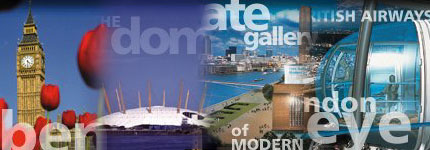|
London Community
Bars
Books · Libraries
Cafés
Clubs
Escorts
Financial Services
Gay Info
Gyms · Fitness
Hair · Beauty
Health
Hotels · Accommodation
Leather · Fetish
Legal
Piercing · Tattoos
Pubs
Restaurants
Saunas
Services
Shopping
Taxis
Tourist Info
Travel Services
 Download Maps Download Maps
 Download Movies Download Movies



|


A World Class City,
the gay capital of Europe an quite probably in the World.
The historical center of London is now a relatively small area still known as the City, which covers only about 2.6 sq km (about 1 sq mi). The City is capitalized, to distinguish it from the larger metropolis. This is where London began as a Roman colonial town around ad 50, at the point where the Romans built the first bridge in London. Today this area is one of the world’s leading financial centers. Most of the financial activities are crowded along Threadneedle Street, near the intersection known as the Bank, which includes the huge Bank of England complex, the Royal Exchange, and the Stock Exchange. The permanent residential population of the City is now less than 6000, but about 350,000 commute here daily to work. The only large residential portion of the City is the Barbican Centre, a concrete complex of towers, parking garages, and pedestrian walkways located on the northern edge of the City. The Barbican was built to replace older buildings destroyed in World War II (1939-1945), when the Germans heavily bombed London.
Some of the City’s older elegance and significance remains despite the architectural havoc caused by the Blitz and postwar developers. The most prominent landmark is Saint Paul’s Cathedral, designed by English architect Christopher Wren to replace the original church, which was destroyed during the Great Fire of London in 1666. At the City’s eastern boundary is the Tower of London, where the Crown imprisoned many important figures. It was begun in the 11th century by the Norman invader, William the Conqueror, to awe a city he had not completely conquered. Successive monarchs added to the original, central White Tower, and built walls to enclose the 7-hectare (18-acre) site. Its function now is primarily ceremonial, although it still guards the Crown Jewels.
Some of the City’s traditional functions have disappeared. The newspaper industry was concentrated in the Fleet Street area for centuries, but during the 1980s the Times and other papers moved to highly automated quarters at the Docklands in the East End. The old wholesale fish market, Billingsgate, located for centuries on the river between the Tower and London Bridge, also moved to the Docklands.
The population of metropolitan London in mid-1996 was about 7 million, which represents about 12 percent of Britain’s total population of 58.8 million. The population has declined since 1951, when more than 8 million people lived in London. Since 1985, however, the city has been growing at the rate of about 10,000 people per year. London’s population is heavily concentrated by British and North American standards, with a population density of about 4480 persons per sq km (about 11,400 per sq mi).
"London (city, England)," Microsoft® Encarta® Online Encyclopedia 2002
http://encarta.msn.co.uk
© 1997-2002 Microsoft Corporation. All rights reserved.
|
